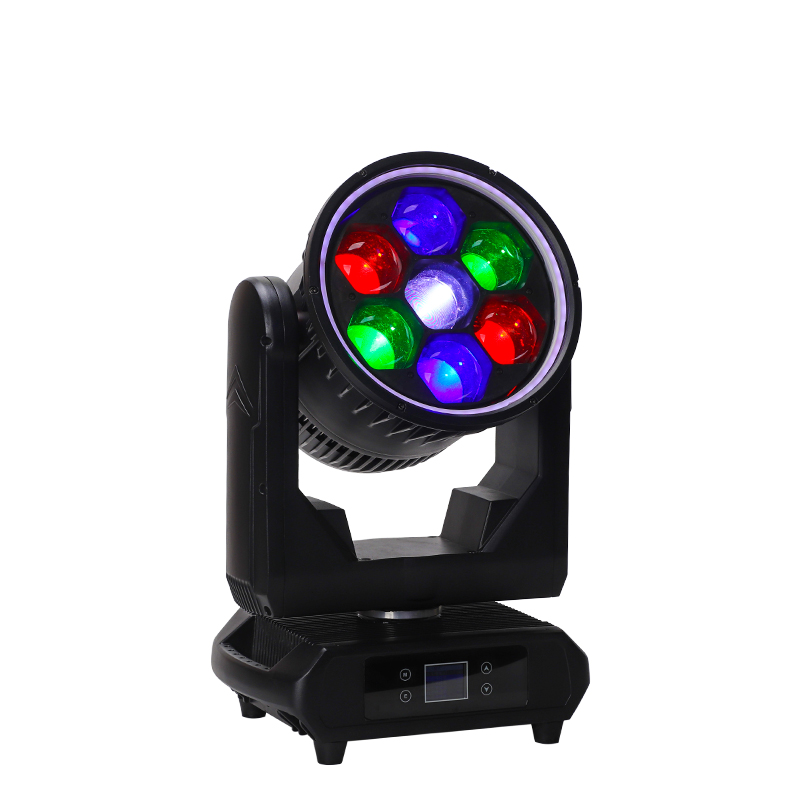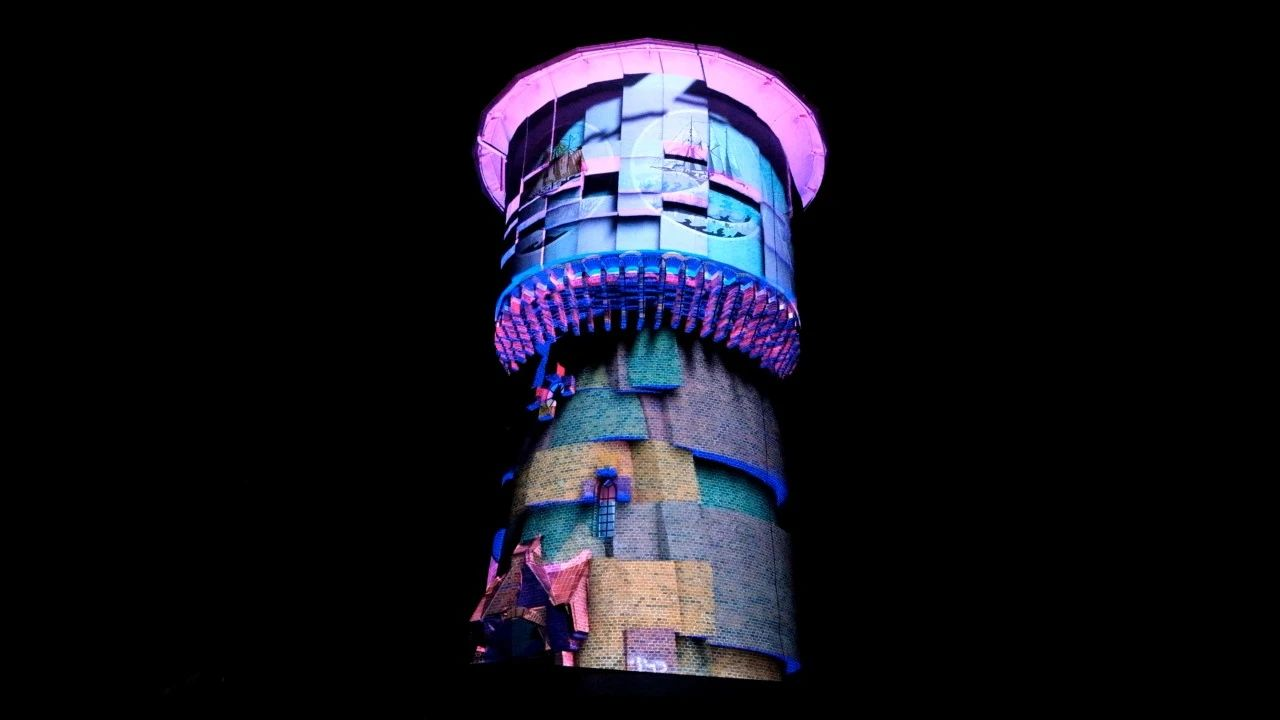Outdoor video mapping—also known as projection mapping—has transformed the way audiences experience architecture, monuments, and urban landscapes. By blending light, motion graphics, and sound into real-world environments, it creates awe-inspiring illusions that turn buildings into storytelling canvases.
Choosing the right lighting fixtures is crucial to the success of these projects. High-output, weather-resistant, and pixel-controllable fixtures ensure not only creative flexibility but also operational stability in outdoor conditions. This article explores the best types of lighting fixtures suited for video mapping and highlights two cutting-edge models designed specifically for demanding outdoor projection work.
1. What Makes a Fixture Suitable for Video Mapping?
Before diving into specific fixtures, it’s important to understand the technical and creative demands of outdoor projection mapping:
● Brightness and Beam Control
Fixtures must provide powerful, focused beams to complement or reinforce video projection. Adjustable zoom and beam shaping capabilities help match projection scales.
● Pixel Mapping and Precision
Pixel-level control allows fixtures to act as individual “points” of light, contributing to intricate visual effects synchronized with video content.
● IP Rating and Build Quality
Since video mapping often occurs in unpredictable weather conditions, IP65 or higher waterproofing is essential. Rugged materials such as magnesium alloy improve structural integrity without adding weight.
● Mounting Flexibility
Fixtures need to be mounted on facades, rooftops, or scaffolds. Compact, lightweight bodies with robust mounting brackets support diverse installation demands.
2. Top Recommended Fixtures for Outdoor Mapping Projects
Based on the criteria above, two professional-grade LED fixtures stand out for their ability to deliver vivid, controllable, and weather-resistant performance.
A. Magnesium Alloy 7x60W BEE EYE LED Moving Head
The Magnesium Alloy 7x60W BEE EYE LED Moving Head is engineered for high-performance outdoor environments. It blends beam zoom, pixel rotation, and a unique ring effect into one compact head.
Key Features:
Material: Lightweight and durable magnesium alloy housing
Power: 7x60W RGBW LEDs
Functions: Rotation, zoom, ring effect, and pixel-level control
IP Grade: IP65-rated for outdoor installation
Use Case: Suitable for façade outlining, pattern mapping, and immersive color motion
This fixture excels in projects where complex geometries and layered projections require light that moves in unison with animated content. The magnesium alloy body makes it easier to install on vertical surfaces or elevated platforms without compromising on durability.

B. IP65 10x60W Zoom Pixel Beam Bar
The IP65 10x60W Zoom Pixel Beam Bar is another ideal fixture for mapping installations. It is designed as a linear moving bar with zoom and pixel capabilities, making it perfect for structure-based effects and edge illumination.
Key Features:
10 individually controllable RGBW pixels
High-speed pan and tilt with motorized zoom
IP65 protection for outdoor operation
Dynamic backlight for visual layering
Best Use: Line-based motion graphics, mapping perimeters, or replicating architectural outlines
When positioned along building contours or floors, the IP65 10x60W Zoom Pixel Beam Bar offers striking animated effects that can mimic 3D projections or create stunning motion trails synchronized with mapped media.
![]()
3. Where to Use These Fixtures in a Mapping Setup
Both fixtures serve different yet complementary roles in a typical video mapping project:
| Fixture Type | Placement Example | Primary Role |
|---|---|---|
| Magnesium Alloy 7x60W BEE EYE LED Moving Head | Rooftops, balconies, high points | Broad beam movement, center effects |
| IP65 10x60W Zoom Pixel Beam Bar | Perimeter walls, ground edges | Outlining, wave animation, sync FX |
By combining multi-angle moving heads with pixel bars, you can simulate dimensional changes and control lighting rhythm in harmony with projection content.
4. Creative Techniques Using Lighting in Projection Mapping
Lighting fixtures aren’t just supplemental to projection—they’re active components of the narrative. Here are a few creative techniques:
Edge Glow Enhancement: Use beam bars to highlight corners and outlines for a “floating” structure effect.
Motion Extension: Let lights extend visual movement beyond the projection field for a wraparound illusion.
Layer Blending: Merge beam effects with projected textures to create shifting color shadows or volumetric light effects.
Environmental Immersion: Use light to affect adjacent surfaces (trees, sidewalks, ceilings), expanding the projection’s reach.

5. Considerations Before Installation
Successful implementation requires technical planning. Here are a few critical considerations:
Power and Control Cabling: Ensure outdoor-safe DMX and power lines with secure routing.
Fixture Placement and Angles: Test visibility, throw distance, and possible obstructions.
Software Integration: Use mapping software that allows pixel address coordination and frame sync.
Weather Protection: Though fixtures are IP65-rated, check for drainage, wind exposure, and temperature range.
READ MORE:





Blue Sea Lighting is an enterprise with rich experience in the integration of industry and trade in stage lighting and stage special effects related equipment. Its products include moving head lights, par lights, wall washer lights, logo gobo projector lights, power distributor, stage effects such as electronic fireworks machines, snow machines, smoke bubble machines, and related accessories such as light clamps.
Quick Links
For more questions subscribe to our email








